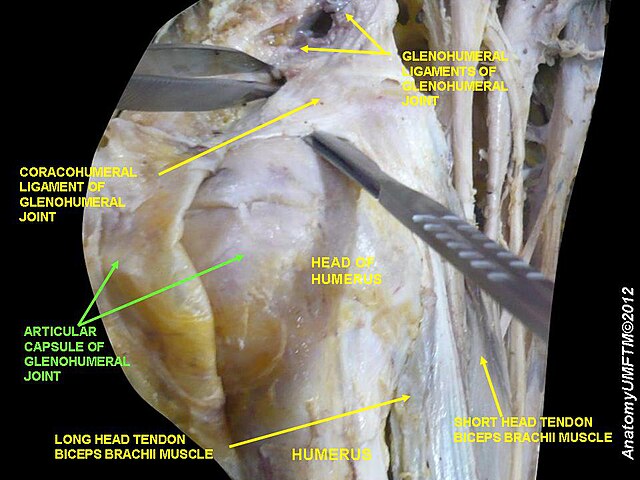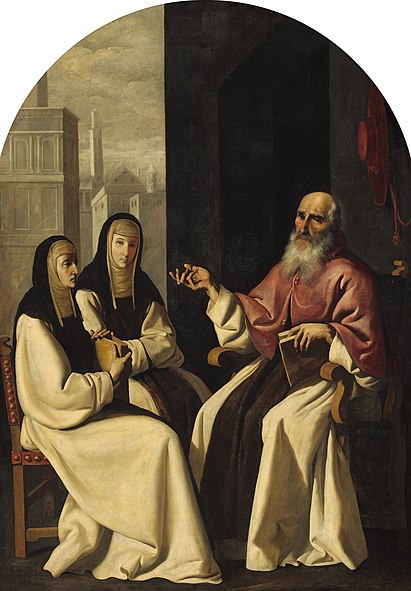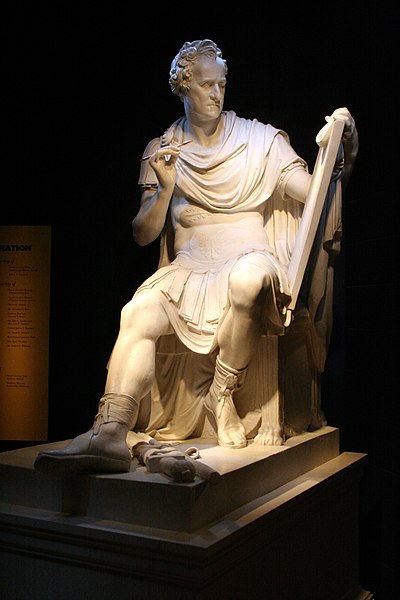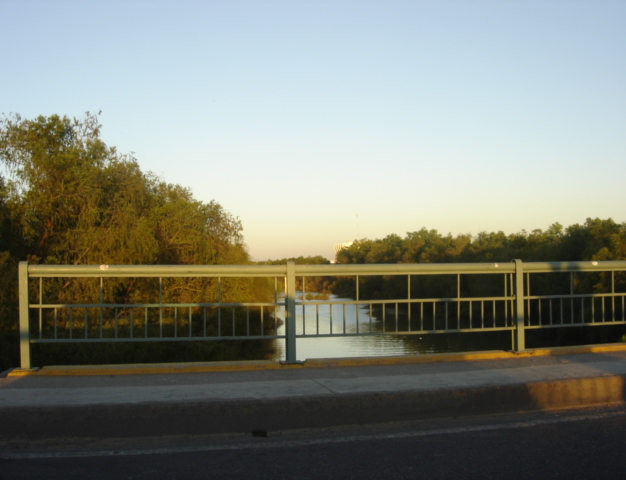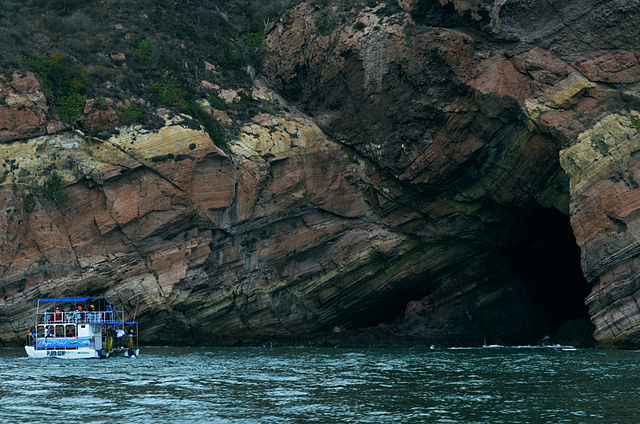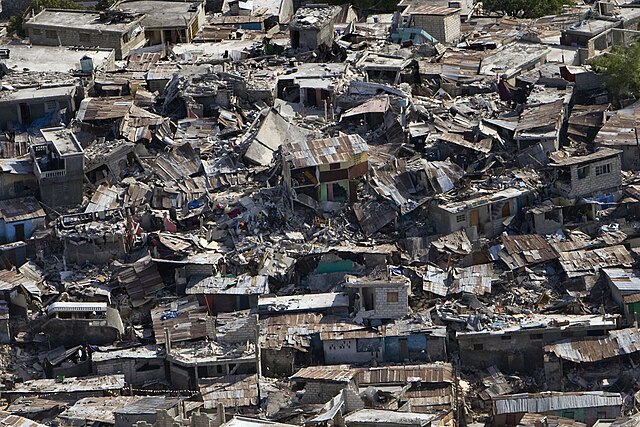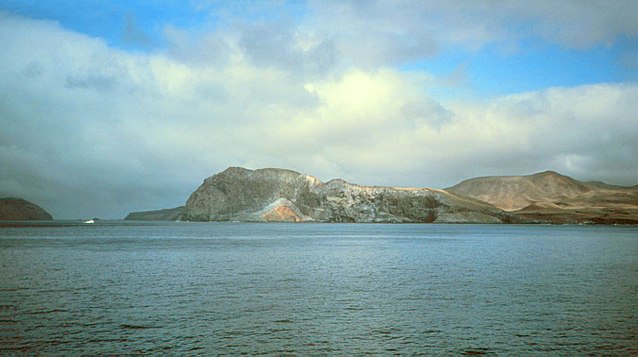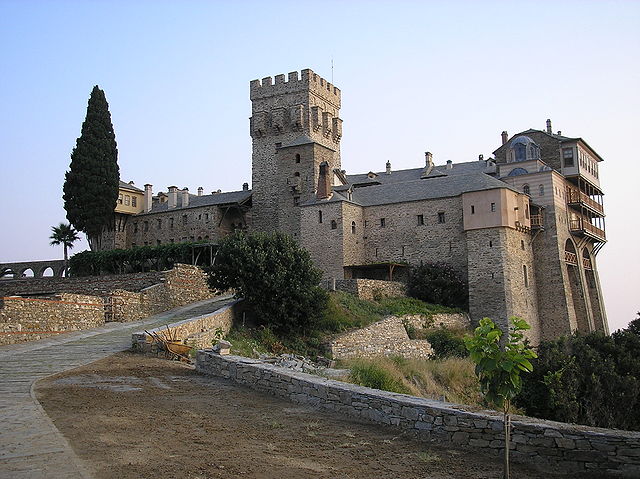We just learned about the Mexico State of Coahuila.
Another Mexico State is Hidalgo.
It is one of the smaller states, but has many famous things like ancient ruins, hot springs and mountains.
Hidalgo is in the middle of Mexico, surrounded by other states.

(from: wikipedia - hidalgo (state))
The coat of arms of Hidalgo shows green mountains for the natural beauty of the state.
On the left is the Bell of Dolores, a famous bell used in the state's fight for independence.
On the right is a red cap with laurel branches, for victory.
The bottom has a round drum for the military battles they won.
The holes in the ground are for the mining that makes a lot of money for the state.

(from: wikipedia - hidalgo (state))
Tula is a famous city in Hidalgo, where there are ancient pyramids, buildings and statues going back over 2,000 years.

(from: wikipedia - tula (mesoamerican site))
The Basaltic Prisms of Santa María Regla are tall rocks with water running down them, and then turning into a waterfall.
The tall rocks were made by cooling volcanic lava.

(from: wikipedia - basaltic prisms of santa maria regla)
In Huasca de Ocampo there is a large canyon made by the Hueyapan river.

(from: wikipedia - huasca de ocampo)
Kid Facts - Blast from the past: Olympic Mountains





